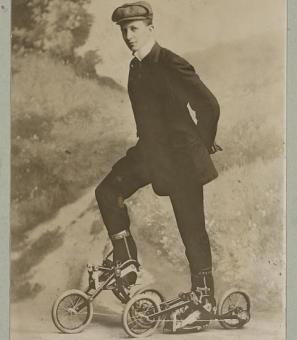Impressions of Washington: Abigail Adams, 1800
When Abigail Adams came to Washington, D.C. on November 16, 1800, she arrived at an infant city, sparse and not fully formed. Having just left the comforts of old Philadelphia, this must have been quite a shock. To make matters worse, her trip south had seen been rough. So, it’s safe to assume that she was in an irritable mood when she finally made it to D.C.
We should probably keep that in mind while reading her appraisal of the city because she was pretty harsh. The First Lady called the capital ‘a city only in name,’ and pulled no punches in her description of Georgetown:
I have been to George Town and felt all that Mrs. Cranch described when she was a resident there. It is the very dirtiest Hole I ever saw for a place of any trade, or respectability of inhabitants. It is only one mile from me but a quagmire after every rain. Here we are obliged to send daily for marketing; the capital is near two miles from us. As to roads we shall make them by the frequent passing before winter, but I am determined to be satisfied and content, to say nothing of inconvenience &c.
[The White House] is twice as large as our meeting House. I believe the great Hall is as Big. I am sure tis twice as long. Cut your coat according to your Cloth. But this House is built for ages to come ... I had much rather live in the house in Philadelphia. Not one room or chamber is finished of the whole. It is habitable by fires in every part, thirteen of which we are obliged to keep daily, or sleep in wet and damp places.[1]
Note to Adams: The White House was so lacking because Congress had decided that the residence of the President ought not to be so luxurious. But, as you can tell by her tone, the First Lady found this to be quite unacceptable. In other letters, she complained that there were no bells in the house, that not all the rooms were plastered, and that “promises are all you can obtain.”[2]
For all of her criticisms, she did have a few nice things to say about the capital’s natural environment, as she shared with her sister in a letter dated November 21, 1800.
As I expected to find it a new country, with Houses scattered over a space of ten miles, and trees & stumps in plenty with, a castle of a House- so I found it- The Presidents House is in a beautiful situation in front of which is the Potomac with a view of Alexandria. The country around is romantic but a wild, a wilderness at present.
Given her other comments, it must’ve been tough for her to throw D.C. that bone.
Luckily for Abigail Adams, the election of 1800 brought an end of the Adams’s stay in the drafty White House, so she only had to suffer for a few months. Thomas Jefferson took over the White House in March 1801.


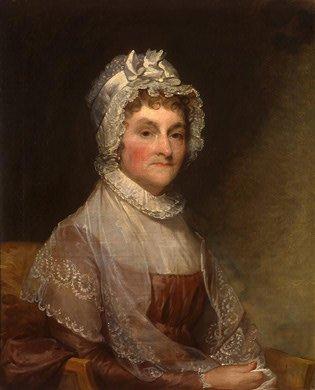
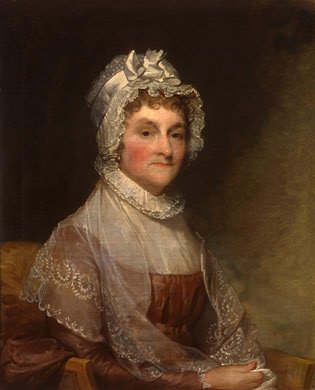
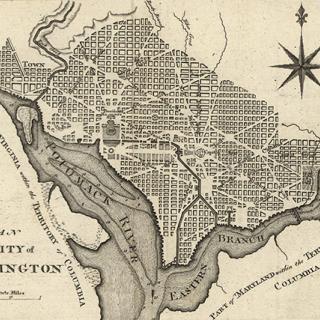
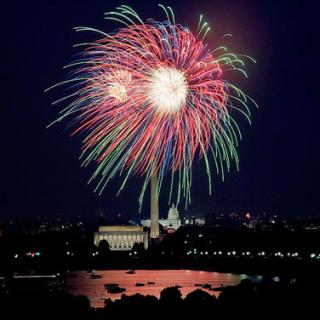
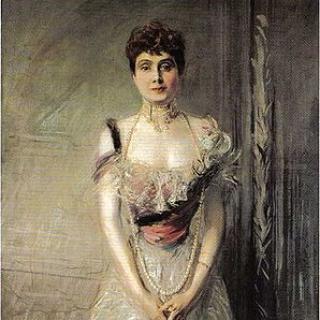
![Sketch of the mythical fuan by Pearson Scott Foresman. [Source: Wikipedia]](/sites/default/files/styles/crop_320x320/public/2023-10/Goatman_Wikipedia_Faun_2_%28PSF%29.png?h=64a074ff&itok=C9Qh-PE1)











